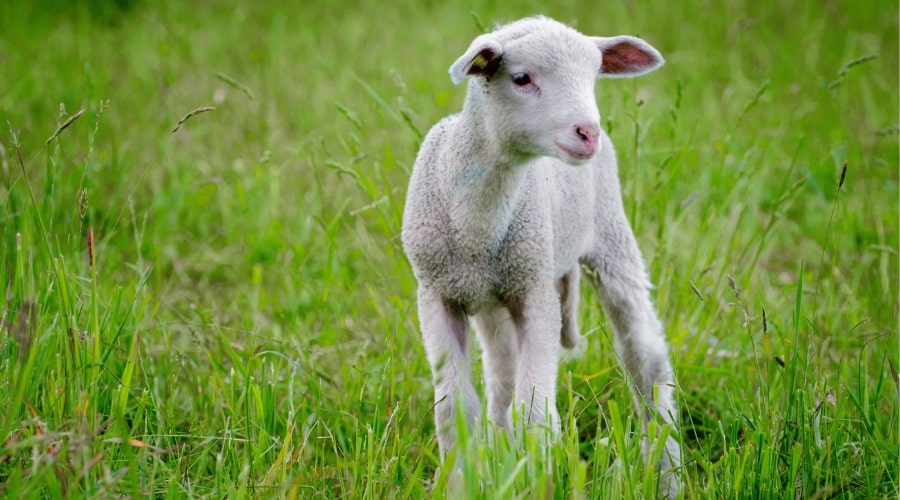Starting with sheep farming requires careful planning and basic knowledge to ensure a good foundation. Here are the essential steps to get started.
Selecting a Breed
Choose a breed that aligns with your goals. Sheep are typically raised for meat, wool, or milk. Breeds like Dorper and Suffolk are ideal for meat production. If wool is your focus, consider Merino or Romney. Dairy breeds like East Friesian produce high-quality milk.
Consider the local climate and terrain when selecting a breed. Some breeds are better suited for colder climates, while others thrive in hot, dry areas. Research the availability and cost of breeds in your area. Begin with healthy stock from a reputable supplier to ensure good productivity.
Preparing Housing and Fencing
Provide suitable housing to protect sheep from extreme weather and predators. A simple shed with proper ventilation is often sufficient. Ensure the shelter is dry, clean, and spacious enough for the flock.
Install sturdy fencing to keep your sheep safe. Woven wire fences with a height of at least 4 feet are effective. Include gates for easy access to grazing areas. Check fences regularly for damage to prevent escapes.
Plan your layout to include separate areas for feeding, lambing, and sick animals. Segregating these zones improves efficiency and ensures animal welfare.
Feeding and Watering
Sheep need a balanced diet consisting of forage, grains, and supplements. Pasture grazing is cost-effective and provides most of their nutritional needs. Supplement with hay during winter or when pasture availability is low.
Provide mineral blocks or loose minerals to ensure sheep receive essential nutrients. Avoid overfeeding grains, as it can lead to digestive issues. Consult a veterinarian or nutritionist to develop a feeding plan for your flock.
Ensure clean, fresh water is available at all times. Sheep drink more water during hot weather and lactation. Use automatic waterers to reduce labor and maintain water quality.
Health Management
A healthy flock is critical to successful sheep farming. Schedule regular vaccinations and deworming to prevent diseases and parasites. Common vaccines include those for clostridial diseases and foot rot [TO BE VERIFIED].
Inspect your sheep regularly for signs of illness, such as weight loss, lethargy, or abnormal behavior. Address health issues promptly to prevent them from spreading. Work with a veterinarian to create a health care plan tailored to your flock.
Maintain hoof health by trimming hooves every few months. Overgrown hooves can cause pain and mobility issues, reducing productivity.
Breeding and Lambing
Plan your breeding season carefully. Most sheep breed in the fall and lamb in spring. Choose rams with good genetics to improve the quality of your flock.
Provide extra care for pregnant ewes. Increase their feed intake during the last month of pregnancy to support healthy lamb development. Monitor ewes closely during lambing and assist if necessary.
Prepare a clean, safe area for lambing. Ensure lambs receive colostrum within the first few hours of birth to build immunity. Keep a record of births and monitor the health of ewes and lambs.
Record Keeping and Financial Planning
Keep detailed records of expenses, breeding, health, and production. This information helps track progress and make informed decisions. Use a simple notebook or farm management software to organize your records.
Start with a small flock to minimize risks and gain experience. As you grow more confident, scale up gradually to manage resources effectively.
Checklist for Getting Started
- Choose a breed that aligns with your goals.
- Provide proper housing and install secure fencing.
- Develop a balanced feeding plan with access to clean water.
- Schedule vaccinations and deworming regularly.
- Monitor breeding cycles and care for lambs.
- Maintain detailed records of all farm activities.
By following these steps, you can establish a solid foundation for your sheep farming venture. Consistency and attention to detail are key to long-term success.


